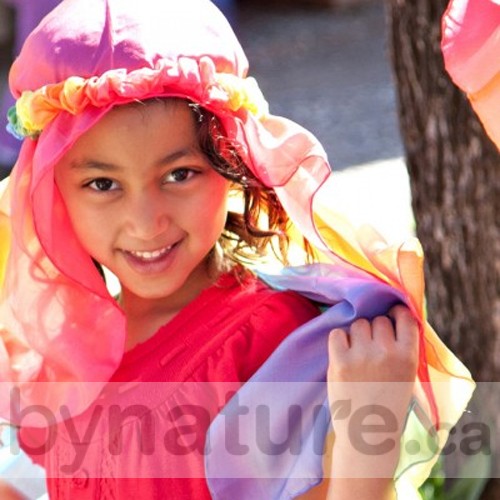
We are asked in the bynature.ca store about Waldorf toys and Waldorf dolls. Waldorf toys are simple toys made from natural materials, beautiful toys that inspire a child’s open-ended play.
First, What is Waldorf?
The “Waldorf” in Waldorf toys comes from Waldorf education, based on the educational philosophy of Rudolf Steiner, the Austrian founder of anthroposophy around the turn of the 20th century. Sometimes people refer to “Steiner schools” or “Steiner toys,” and these are the same as Waldorf or Waldorf-inspired schools and toys. The “Waldorf” part comes from the name of the factory where the first Steiner school was created for children of the factory workers.
Waldorf education is followed in schools and in home education throughout the world. You don’t need to follow Steiner’s educational philosophies or Waldorf education methods to appreciate the beauty of Waldorf toys, though.
Play in Nature
If one of your goals as a parent is to help your child understand and flow with nature rather than against nature, you can do that more easily with toys made from natural materials.
You know we love natural materials—not just because cotton, silk, wool, wood and other natural materials are renewable therefore sustainable but because natural materials enhance a child’s experience of nature. A child can experience natural toys through all of their senses—or most of them. We don’t necessarily want our child tasting their toys, but if you have used food-grade coloring on natural materials, a lick here and there probably won’t hurt. Natural materials look beautiful; they smell nice; they sound rich when when a child plays with them; and they feel warm to the touch.
When you want to teach a child about a tree, what makes more sense? Look at a book about trees, get out a plastic model of a tree, or go outside and meet a tree. If you want your child to learn about nature and how things work in the natural world, put them in nature! Even when they are playing with toys, a natural toys put them closer to the natural world.
Soft and Simple Means Open
There is a softness to Waldorf toys—soft dolls, soft lines, soft colors, soft details.
A Waldorf doll made of cotton outside and wool for stuffing and hair will have a simple face so the child adds the details through imagination. Sometimes, a baby doll get sad. It’s tough to imagine that when the doll has a smile painted on her face.
Waldorf toys and other handmade, natural toys inspire open play—play led by the child rather than play that follows a specific motion to a pre-determined end. Waldorf toys join the stories a child tells in his mind, and they stimulate a child’s imagination rather than bringing a child out of her own world into an assembly-line play experience. Natural, simple toys can be more than one thing. A play silk can be a cape flying in the breeze outside or a river flowing past a doll house or the wrapping for a gift.
When you are choosing a toy, think about whether it leaves space for open play. Will this toy inspire your child’s imagination? Will this toy join the ongoing stories of your child’s play? Will your child add the details to make this toy a rich part of her or his experience?
